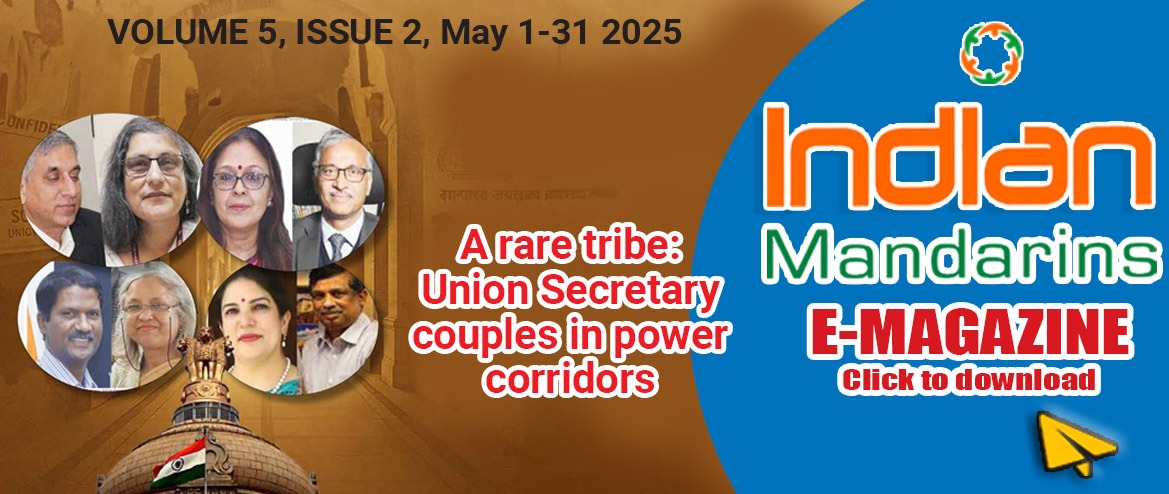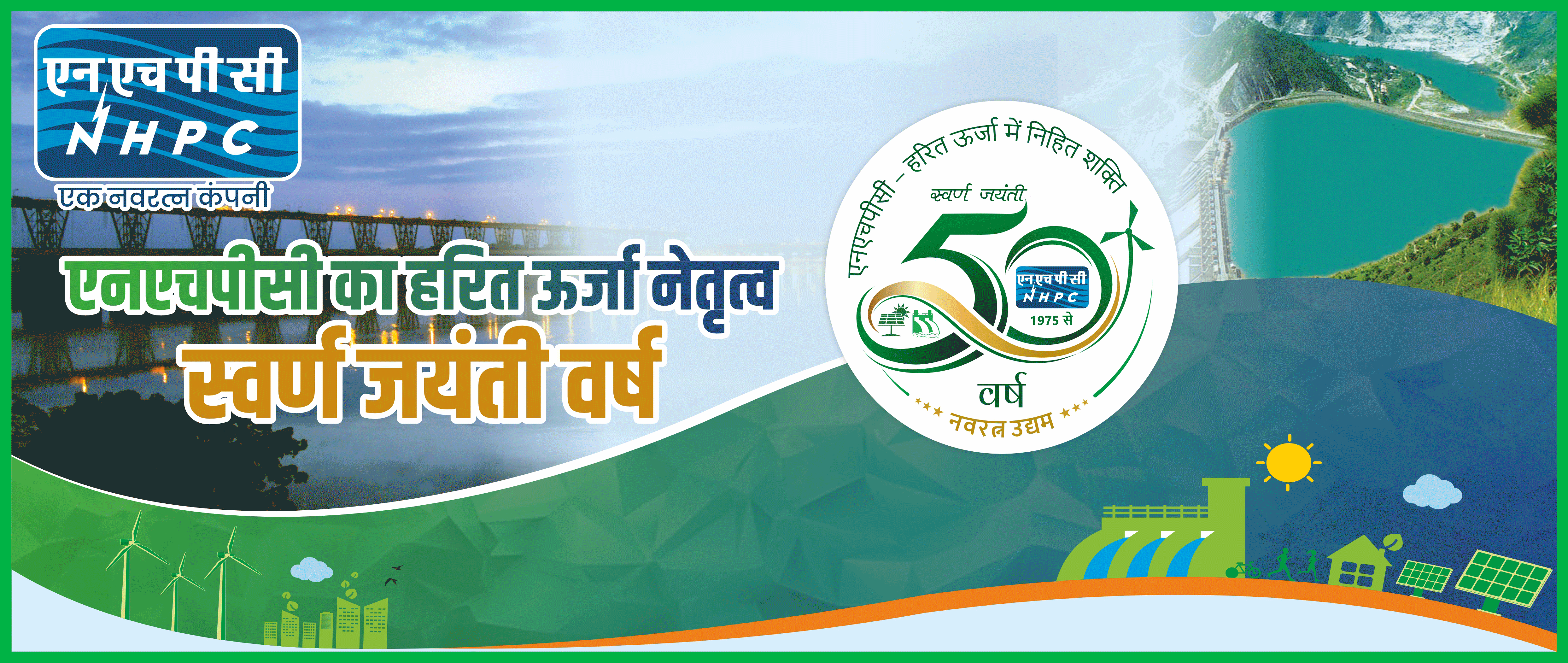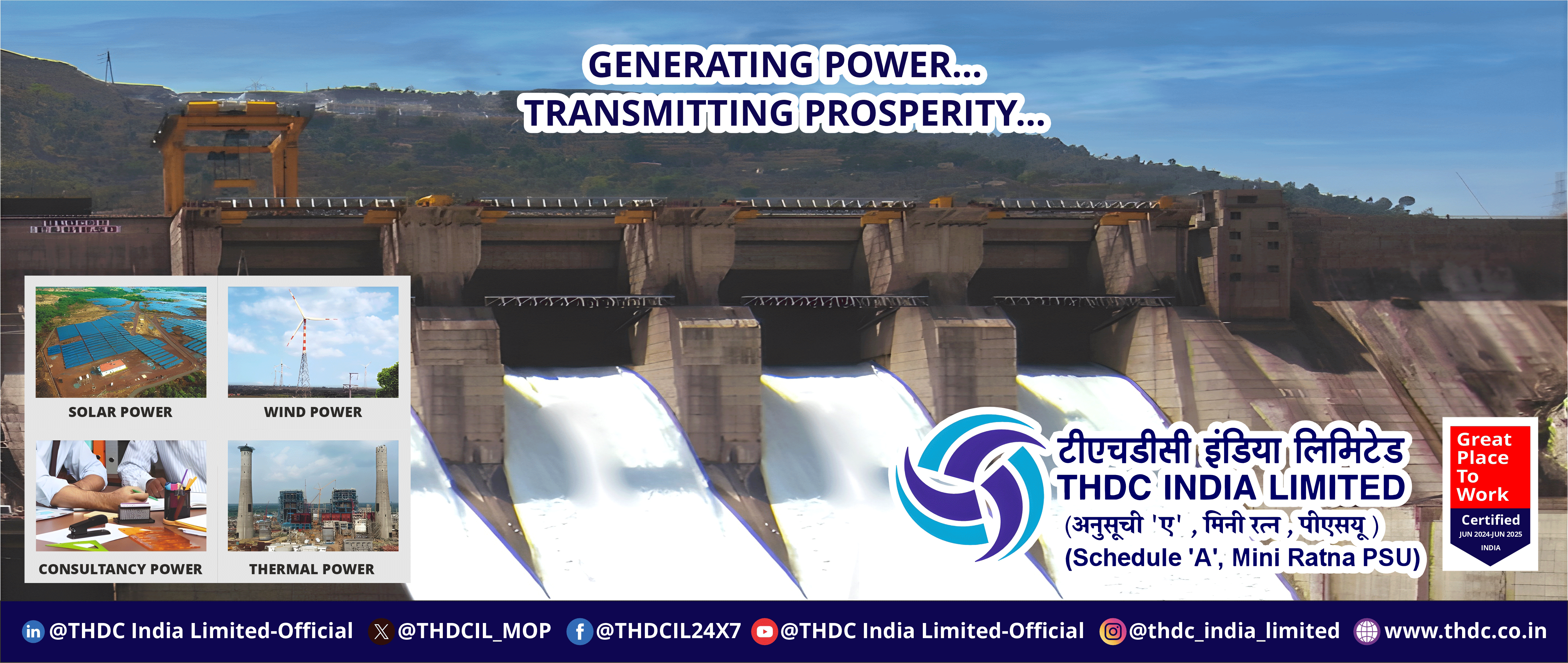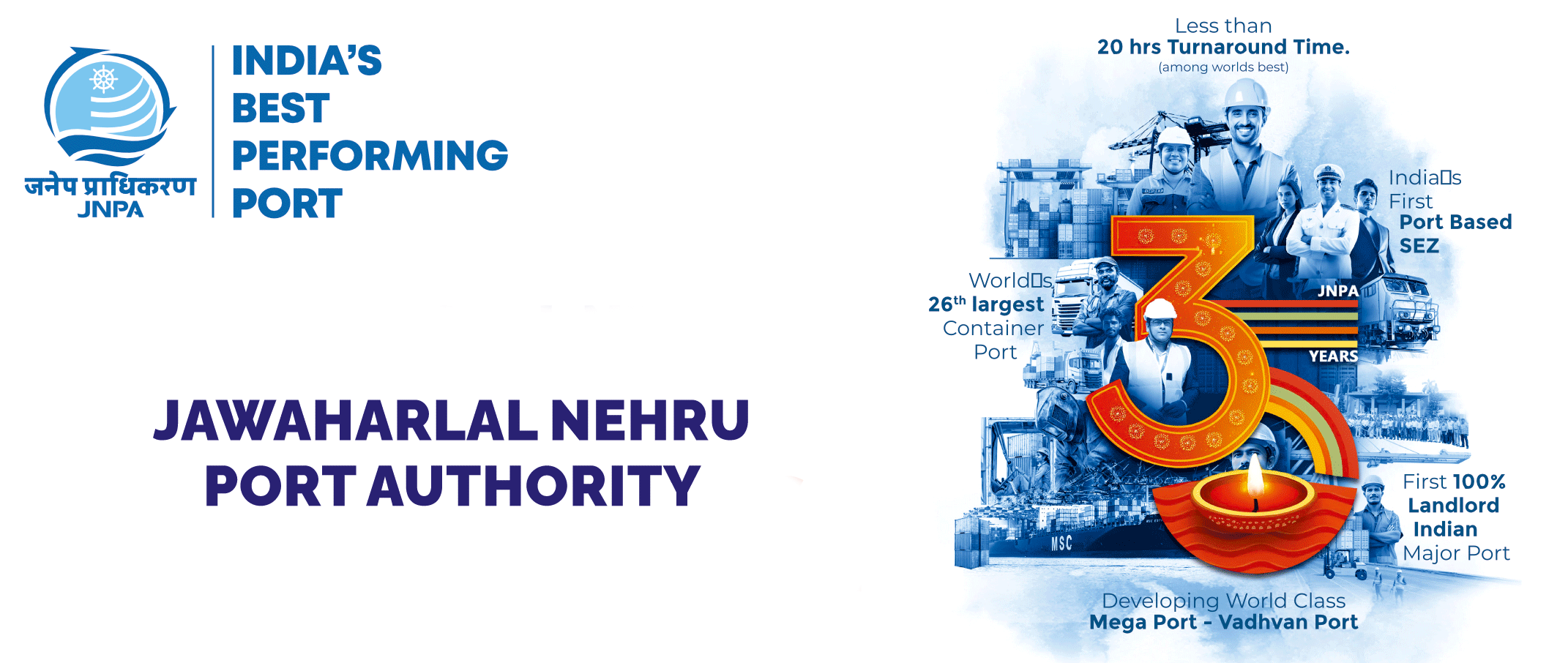TO RECIEVE EXCLUSIVE POSTS AND NEWS
Must Read
Only 90 IAS officers as JS at Centre: Shortage to worsen ahead?
By IndianMandarins- 27 Jun 2019
2357Indianmandarins has learned that the Department of Personnel
& Training (DOPT) is increasingly feeling helpless in view of an acute
shortage of IAS officers at the Joint Secretary level - which is considered the
pivot in the functioning of the administration. If some well-placed sources are to be believed the DOPT Secretary Dr C Chandramouli (IAS:1985:TN) recently admitted that there are only 90 IAS officers at the Centre serving at
JS-level as against the available 345 posts. It is feared that the situation may worsen in times to come
as 1989 and 1990 batch IAS officers have become Additional Secretary in Govt of
India whereas 1991 batch would soon be empanelled as AS by July this
year. Each successive batch of IAS, 1995 batch onwards, is too short to fill the gap and it will add to the scarcity situation. One may say that in view of this situation, the Centre might
have decided to open the system for lateral entry but it's not true. If this is
the case the Govt of India could well have created pull-factors to motivate IAS
officers to come and serve at the Centre. But despite its utility and beauty the
opaque 360 has proved to be a deterrent. Several IAS officers keen to serve at
Centre have been denied opportunity saying their 360 reports were adverse. By
removing the ‘Offer-list’ from public exposure the NaMo administration had made
its intent clear. Not to mention, the scarcity of IAS officers have made the
State Govts reluctant from allowing their officers to give NoC for Central
deputation. There are several senior officers who believe that if the
current shortage of IAS officers continues for a few more years, which is
possible, it is bound to cast a shadow on the quality of policy making and
implementation. It is believed that ahead of Govt’s aim to make India a five
trillion dollar economy and double farmers income, the Govt should create
pull-factors so that more competent officers serving in the cadre state may
come and contribute to achieving the goal. Then only lateral entry would prove
to be beneficial. The efficient functioning of the departments and ministries
requires a right mix of manpower, competence, and talents. (By Rakesh Ranjan) 
- Bureaucracy News
- State bureaucracy
- Central Deputation
- Offer List
- DOPT News
- DOPT directives
- DOPT
- Minister Personnel
- Department of Personnel and Training
- Personnel matters
- Modern HR Practices
- Exclusive News
- Exclusive news on bureaucracy
- Indianmandarins Exclusive
- Lateral entry
- 360 method
- 360
- 360 empanelment
- 360 Degree feedback
- DOPT Secretary
- Dr C Chandramouli IAS
- Rakesh Ranjan
Readers' Choice
RK Sharma takes charge as DGP 03 Jul 2025
Bihar’s Revenue Secretary may resign to contest Assembly election 03 Jul 2025
R K Sharma is the new Rajasthan DGP 30 Jun 2025
Centre swings surprise, Gujarat DGP gets extension in service 30 Jun 2025
Tenure of Chhattisgarh Chief Secretary extended 30 Jun 2025
Only 90 IAS officers as JS at Centre: Shortage to worsen ahead?
By IndianMandarins - 2019-06-27 12:51:15

Indianmandarins has learned that the Department of Personnel
& Training (DOPT) is increasingly feeling helpless in view of an acute
shortage of IAS officers at the Joint Secretary level - which is considered the
pivot in the functioning of the administration.
If some well-placed sources are to be believed the DOPT Secretary Dr C Chandramouli (IAS:1985:TN) recently admitted that there are only 90 IAS officers at the Centre serving at JS-level as against the available 345 posts.
It is feared that the situation may worsen in times to come as 1989 and 1990 batch IAS officers have become Additional Secretary in Govt of India whereas 1991 batch would soon be empanelled as AS by July this year. Each successive batch of IAS, 1995 batch onwards, is too short to fill the gap and it will add to the scarcity situation.
One may say that in view of this situation, the Centre might have decided to open the system for lateral entry but it's not true. If this is the case the Govt of India could well have created pull-factors to motivate IAS officers to come and serve at the Centre. But despite its utility and beauty the opaque 360 has proved to be a deterrent. Several IAS officers keen to serve at Centre have been denied opportunity saying their 360 reports were adverse. By removing the ‘Offer-list’ from public exposure the NaMo administration had made its intent clear. Not to mention, the scarcity of IAS officers have made the State Govts reluctant from allowing their officers to give NoC for Central deputation.
There are several senior officers who believe that if the current shortage of IAS officers continues for a few more years, which is possible, it is bound to cast a shadow on the quality of policy making and implementation. It is believed that ahead of Govt’s aim to make India a five trillion dollar economy and double farmers income, the Govt should create pull-factors so that more competent officers serving in the cadre state may come and contribute to achieving the goal. Then only lateral entry would prove to be beneficial. The efficient functioning of the departments and ministries requires a right mix of manpower, competence, and talents.
(By Rakesh Ranjan)






























